Do Clay Masks Help with Acne? A Deep Dive into Science, Tips, and Real Results
Hey there! If you’ve ever stared at a stubborn pimple in the mirror and wondered, “Can a clay mask really fix this?” you’re not alone. Acne is one of those pesky skin problems that can feel like an uninvited guest who just won’t leave. Clay masks have been buzzing around as a go-to solution for years, but do they actually work? Let’s dig into the dirt (pun intended!) and figure out what’s real, what’s hype, and how you can make clay masks your skin’s new best friend.
In this article, we’re going beyond the basics. We’ll explore how clay masks tackle acne, what science says, and why some people swear by them while others don’t see the hype. Plus, I’ll share practical tips, the latest research, and a few fresh ideas you won’t find in every other blog post. Ready to get clear skin? Let’s dive in!
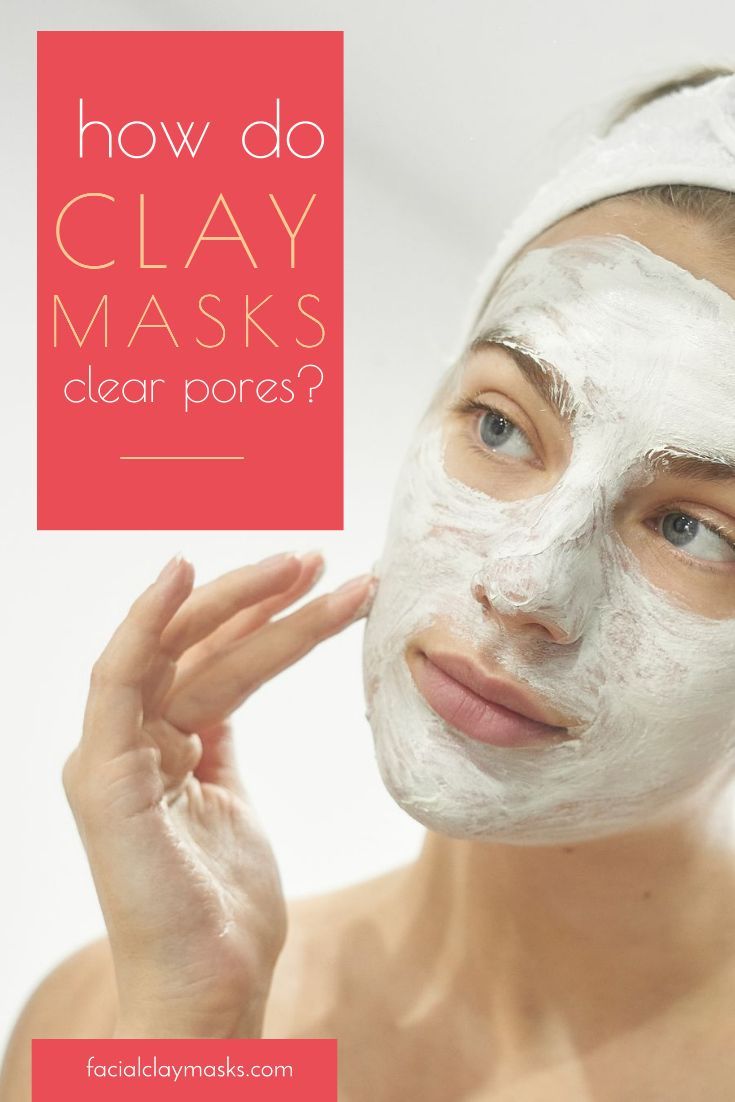
What Are Clay Masks, Anyway?
Clay masks are skincare products made from natural clays like bentonite, kaolin, or French green clay. These clays come from the earth and have been used for centuries—not just for pottery, but for healing skin too! When you slap a clay mask on your face, it dries and hardens, pulling out dirt, oil, and other gunk from your pores. Think of it like a vacuum cleaner for your skin.
How Do They Work?
Here’s the simple breakdown:
- Oil Absorption: Clays soak up excess oil (aka sebum) that can clog pores and cause acne.
- Detox Power: They grab onto impurities like dirt and dead skin cells, leaving your face feeling fresh.
- Calming Effect: Some clays have minerals that can soothe redness or irritation.
But here’s the big question: Does this process actually help with acne? Let’s break it down step by step.
The Science Behind Clay Masks and Acne
Acne happens when your pores get clogged with oil, dead skin, or bacteria. It’s like a traffic jam on your face—everything gets stuck, and boom, you’ve got a pimple. Clay masks claim to unclog that mess, but what does science say?
What Studies Show
A 2017 study in the Journal of Cosmetic Dermatology found that clay masks with bentonite can reduce oil production by up to 50% after just one use. Less oil means fewer chances for pores to clog. Another study from 2020 showed that kaolin clay has antibacterial properties that can fight Propionibacterium acnes (the bacteria behind those red, angry pimples).
But here’s the catch: Most studies agree that clay masks work best for oily or combination skin. If your acne is caused by hormones or dry skin, they might not be the magic fix you’re hoping for.
Why Clay Isn’t a Cure-All
Clay masks can’t:
- Stop hormonal breakouts (like those chin pimples during your period).
- Heal deep cystic acne that’s under the skin.
- Replace a full skincare routine.
So, they’re a helper, not a hero. Let’s see how they stack up for different types of acne.
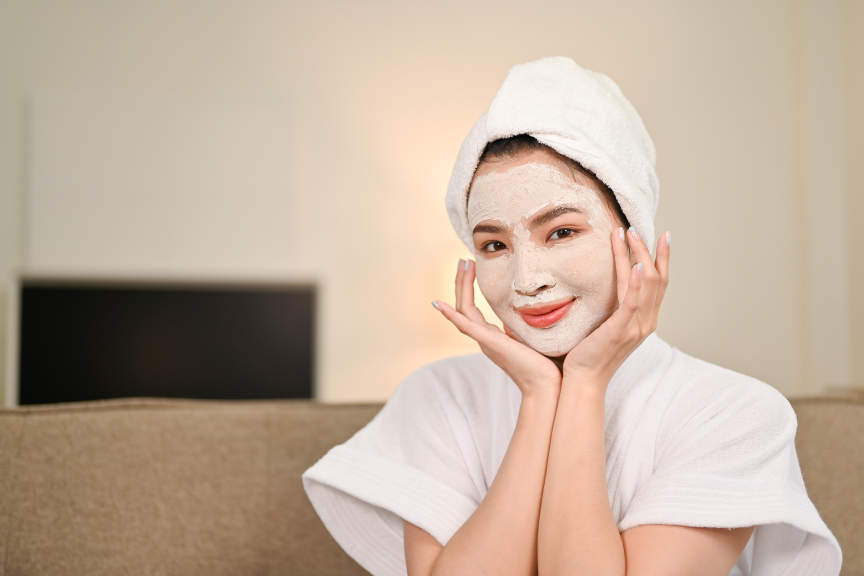
Do Clay Masks Work for All Types of Acne?
Not all acne is the same, and that’s where things get tricky. Here’s a quick rundown of how clay masks perform for different acne types:
1. Blackheads and Whiteheads
- What They Are: Clogged pores that look like tiny black or white dots.
- Do Clay Masks Help?: Yes! Clay’s oil-absorbing powers shine here. It pulls out the gunk, making blackheads easier to clear.
- Tip: Use a mask with bentonite or charcoal for extra pore-cleaning oomph.
2. Papules and Pustules
- What They Are: Small, red bumps or pimples with pus.
- Do Clay Masks Help?: Sort of. They can calm redness and soak up oil, but they won’t kill bacteria deep inside.
- Tip: Pair with a spot treatment like benzoyl peroxide for better results.
3. Cystic Acne
- What They Are: Deep, painful lumps under the skin.
- Do Clay Masks Help?: Not really. These are too deep for clay to reach.
- Tip: See a dermatologist—this type needs stronger stuff.
Quick Quiz: What’s Your Acne Type?
Take a sec to figure out what you’re dealing with:
- ✔️ Black dots or white bumps? Clay masks are your friend!
- ✔️ Red, pus-filled pimples? Clay can help a little.
- ✔️ Big, sore lumps? Skip the mask and get pro advice.
Knowing your acne type helps you decide if clay masks are worth your time.
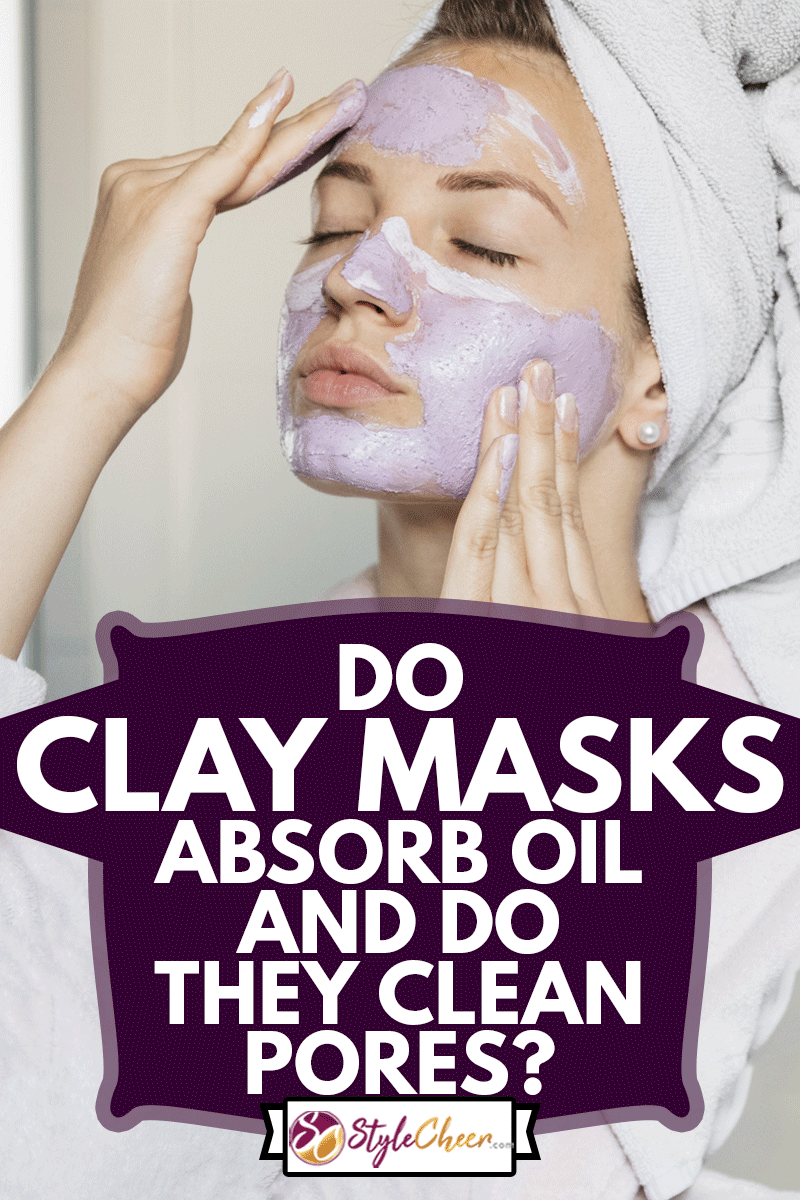
The Best Clays for Acne: Which One’s Right for You?
Not all clays are created equal. Here’s a guide to the top players and how they tackle acne:
Bentonite Clay
- Superpower: Absorbs oil like a sponge.
- Best For: Oily skin with blackheads.
- Fun Fact: It swells when mixed with water, creating a “pulling” effect on pores.
Kaolin Clay
- Superpower: Gentle cleansing and soothing.
- Best For: Sensitive skin with mild acne.
- Fun Fact: It’s less drying, so it won’t leave your face feeling like the desert.
French Green Clay
- Superpower: Detoxifies and fights bacteria.
- Best For: Combination skin with occasional breakouts.
- Fun Fact: Its green color comes from minerals like iron oxide.
Comparison Table: Clay Mask Showdown
| Clay Type | Oil Absorption | Best for Skin Type | Drying Level | Bonus Benefit |
|---|---|---|---|---|
| Bentonite | High | Oily | High | Deep pore cleaning |
| Kaolin | Medium | Sensitive | Low | Soothes irritation |
| French Green | High | Combination | Medium | Antibacterial action |
Pick the clay that matches your skin’s vibe—oily, sensitive, or somewhere in between.



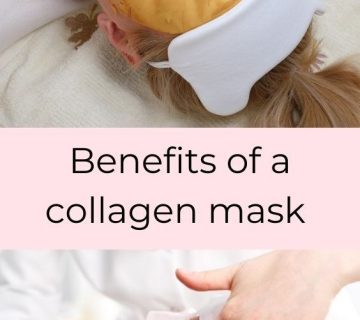
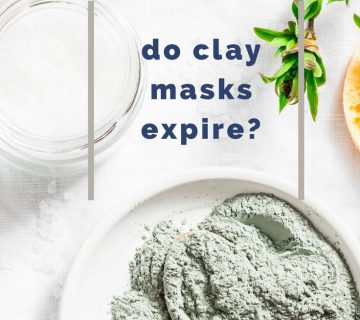
No comment